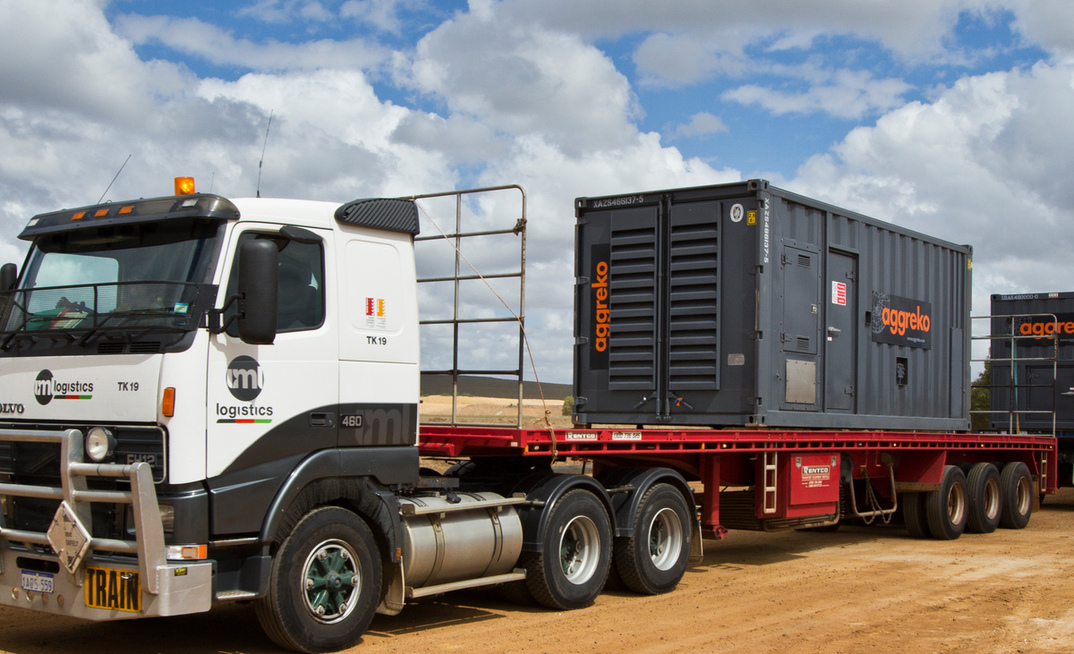A mining power strategy is influenced by many moving parts. Decision makers need to consider how their energy needs will change over time; how to only use what is needed; what are the risks; and how power consumption affects profit margins.
Mining companies are under great financial pressure as a result of fluctuating demand and falling commodity prices, so the need to improve efficiency across all operational aspects of a mine site is mission critical. Reducing costs and maximising production are key issues directly impacted by a firm’s energy choices.
One of the most consistent issues that mines encounter concerns energy infrastructure. Many mines can and do benefit from a grid connection, which might suggest a certain level of reliability and permanency.
But such infrastructure commitments come with high capital outlays and, as a result, potential overspend. It is still surprising how many mine sites use grid-connected infrastructure as a default.
Flexibility
More flexible solutions to powering a mine are available. Flexibility is an important consideration as a site can have varying demands of power throughout its lifecycle. Temporary power lends itself well to particularly remote and extreme environments, including perhaps where a grid connection isn’t viable, meaning that poor access and a lack of infrastructure does not delay construction (and eat into profits).
Scalability of power capacity is directly linked to maximising production and operators would want to achieve this quickly. One benefit of Aggreko’s 1MW engines, for example, is that additional units can be added into the mix within days rather than months. The extra capacity is also very specific, down to the megawatt, avoiding surplus energy and unnecessary costs.
A benefit of this flexibility is also mirrored in avoiding uneconomical redundancy – if one generator is down for maintenance, only a small amount of power is lost and fewer engines are needed as back up.
Efficiency is crucial but it’s often at the mercy of nature. High temperatures and altitudes reduce the effectiveness of turbines, running gas or diesel, which start to de-rate in conditions as low as 15°C, reducing output by as much as 20% when temperatures pass 40°C. At altitude the de-rate is significant past 2,000m, often by as much as 20%.
Technology
Reciprocating technology however, such as Aggreko’s G3+ engine, is more resilient at higher temperatures and altitude. This means that less fuel is consumed, while maintaining the required power output. This can not only reduce a mine’s fuel costs by potentially millions of dollars, but also its carbon footprint. This will become more important as industry emission legislations grow to be more stringent.
More importantly, the negative impact of the environment on effectiveness could have a detrimental effect on the health and safety of miners. A reliable source of energy, which is needed for ventilation and temperature control, contributes to an optimum and safe working environment. Again, this will support profit growth through optimising productivity and mitigating risk. Miners are digging deeper and for longer: providing the right working environment is critical.
Whether it’s a mix of grid, temporary or renewable power, a mine’s power strategy needs to address capacity needs and how this is likely to change. Efficiency is king and the key to maximising profits while the industry faces a fall in demand and revenue. A flexible and reliable source of energy is the answer to maintaining a healthy profit margin.
Venkie Shantaram is group business development director at Aggreko. See: www.aggreko.com
























